Statistical Analysis of Unemployment in Philadelphia Study Report
VerifiedAdded on 2020/04/13
|6
|680
|232
Homework Assignment
AI Summary
This homework assignment presents a statistical analysis of an unemployment study conducted in Philadelphia. The study examines the age and duration of unemployment among a sample of 50 individuals. The analysis includes descriptive statistics, such as mean, median, mode, standard deviation, and quartiles, revealing a positively skewed distribution for both age and weeks of unemployment. A 95% confidence interval for the population mean age is calculated. Furthermore, a one-sample t-test is performed to determine if the mean duration of unemployment in Philadelphia is greater than the national mean. The results indicate that the mean duration is indeed greater than the national average. The assignment utilizes tables, figures, and statistical formulas to present and interpret the data effectively, providing valuable insights into the unemployment situation in Philadelphia. The assignment is available on Desklib, a platform providing study resources for students.
1 out of 6
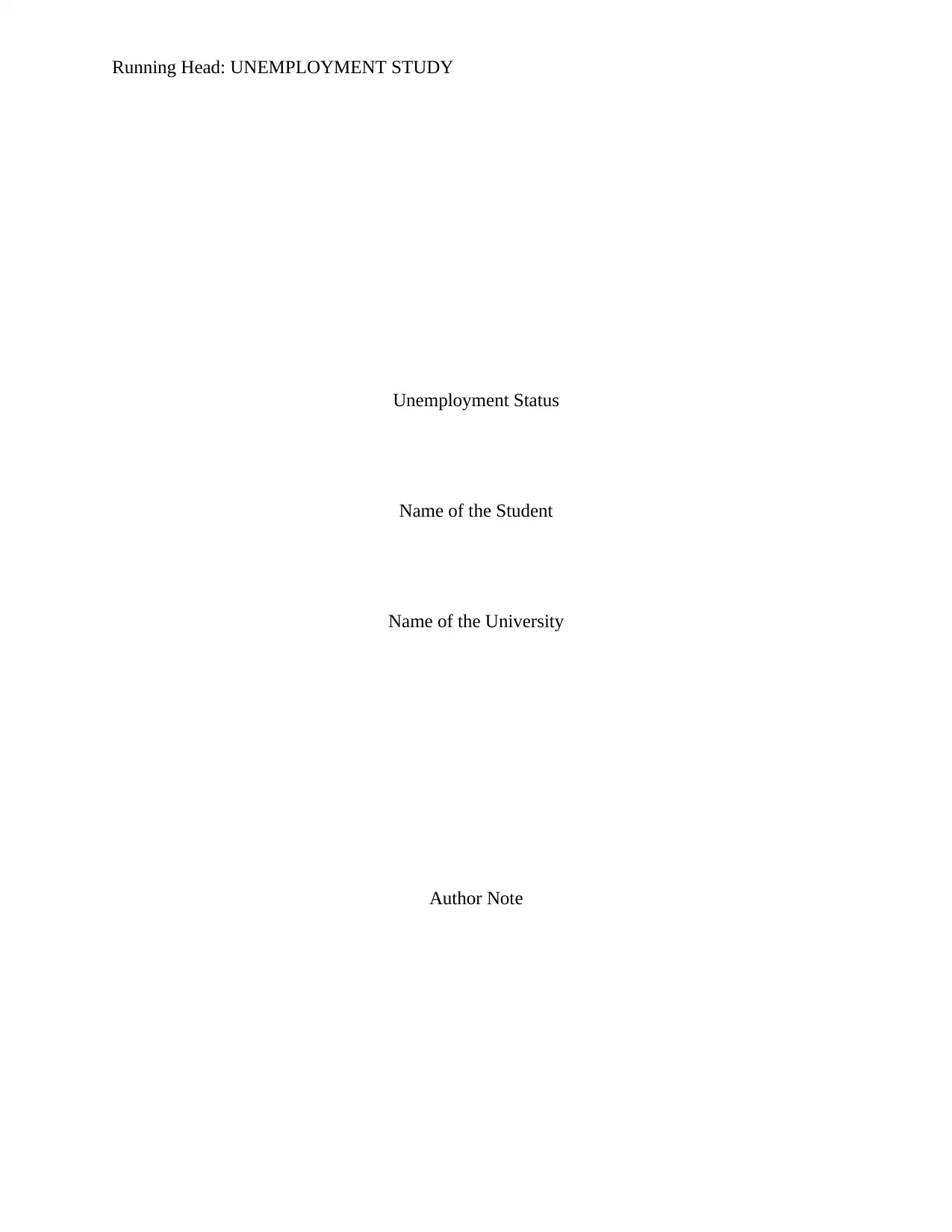
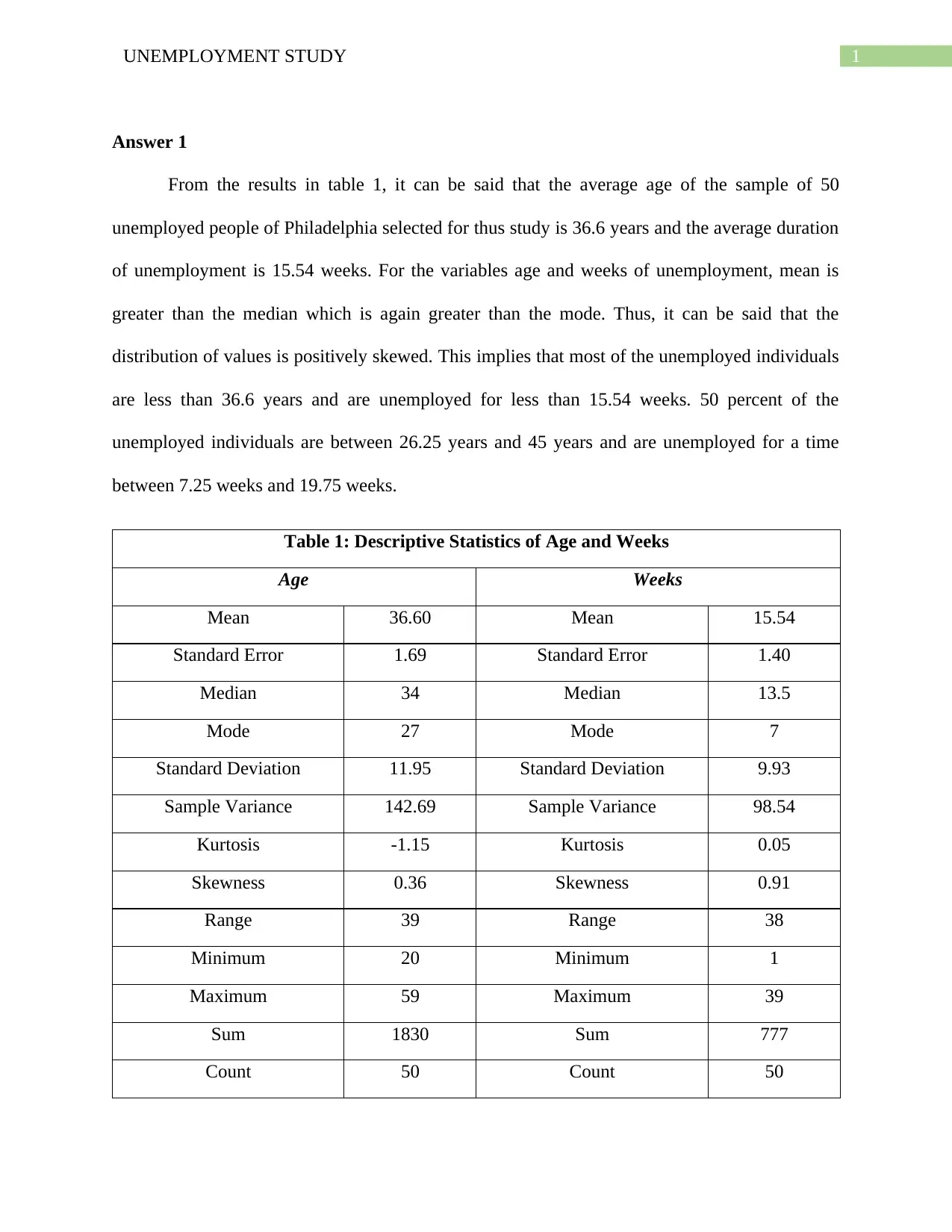
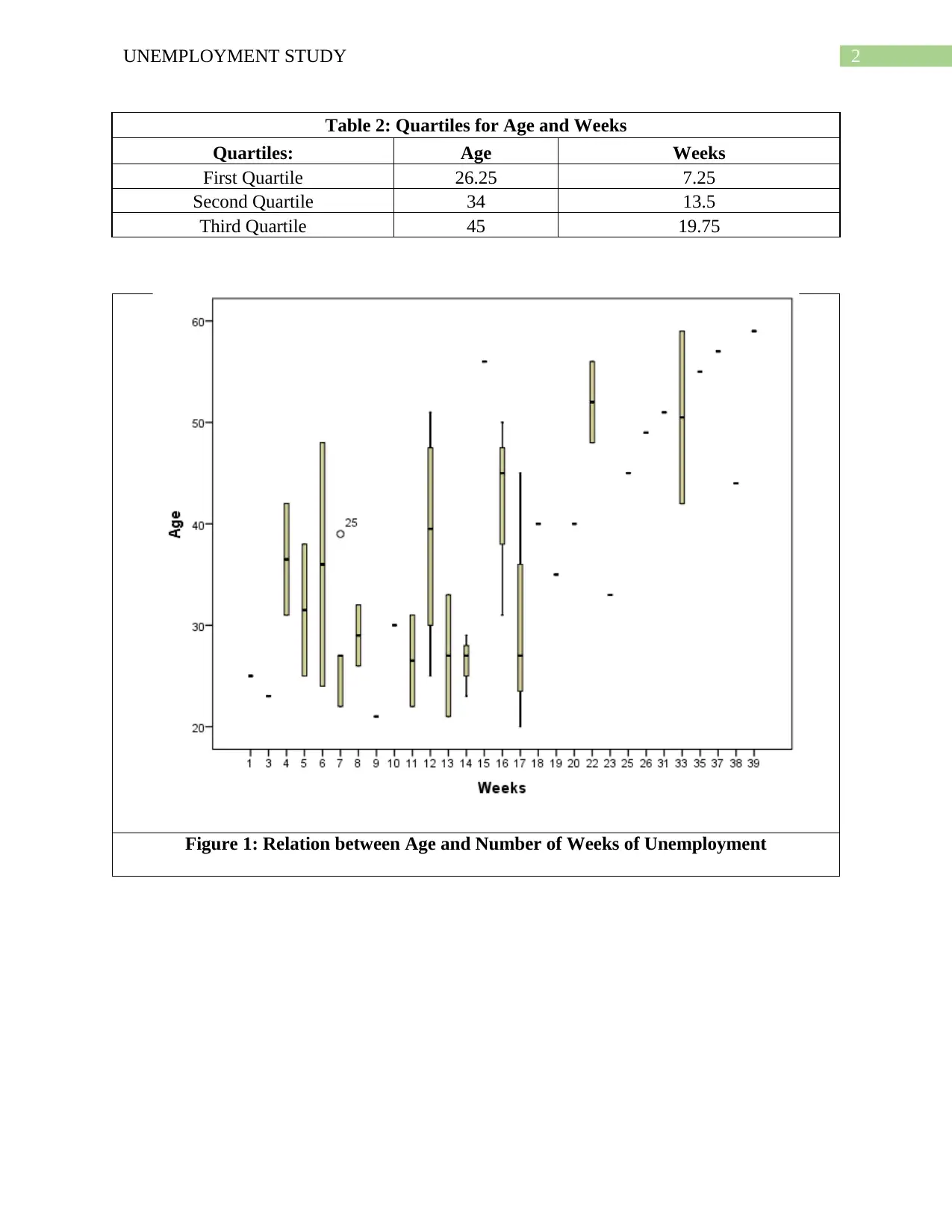

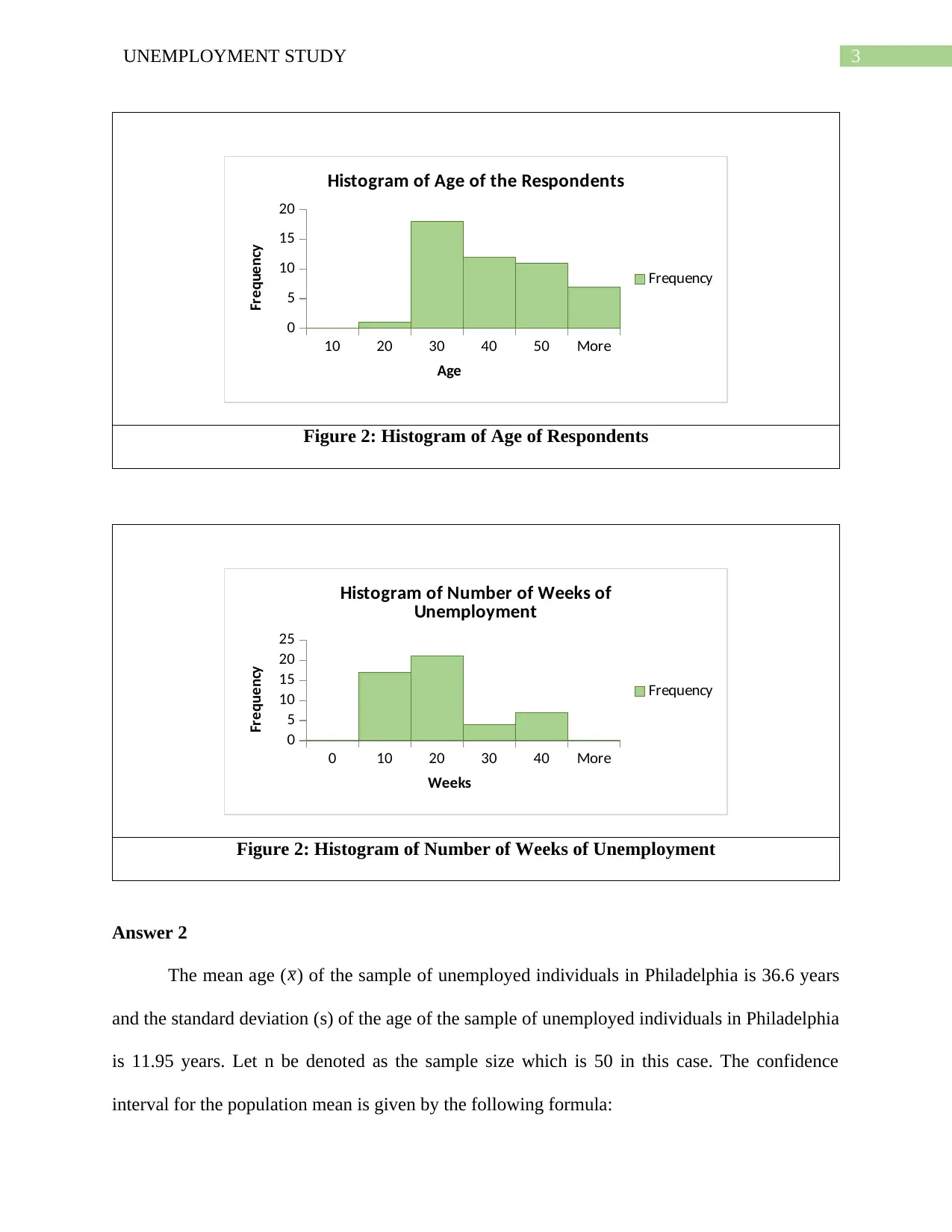
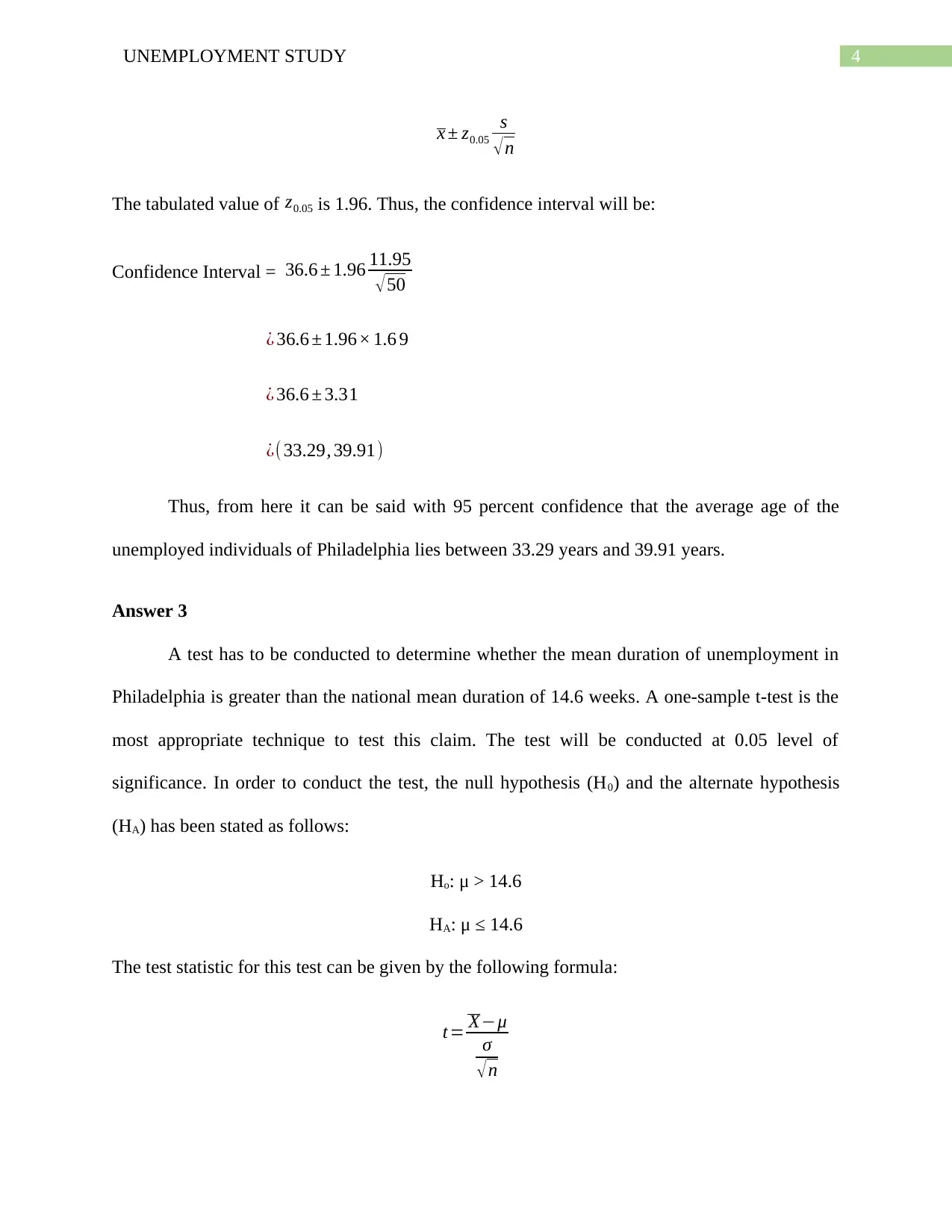
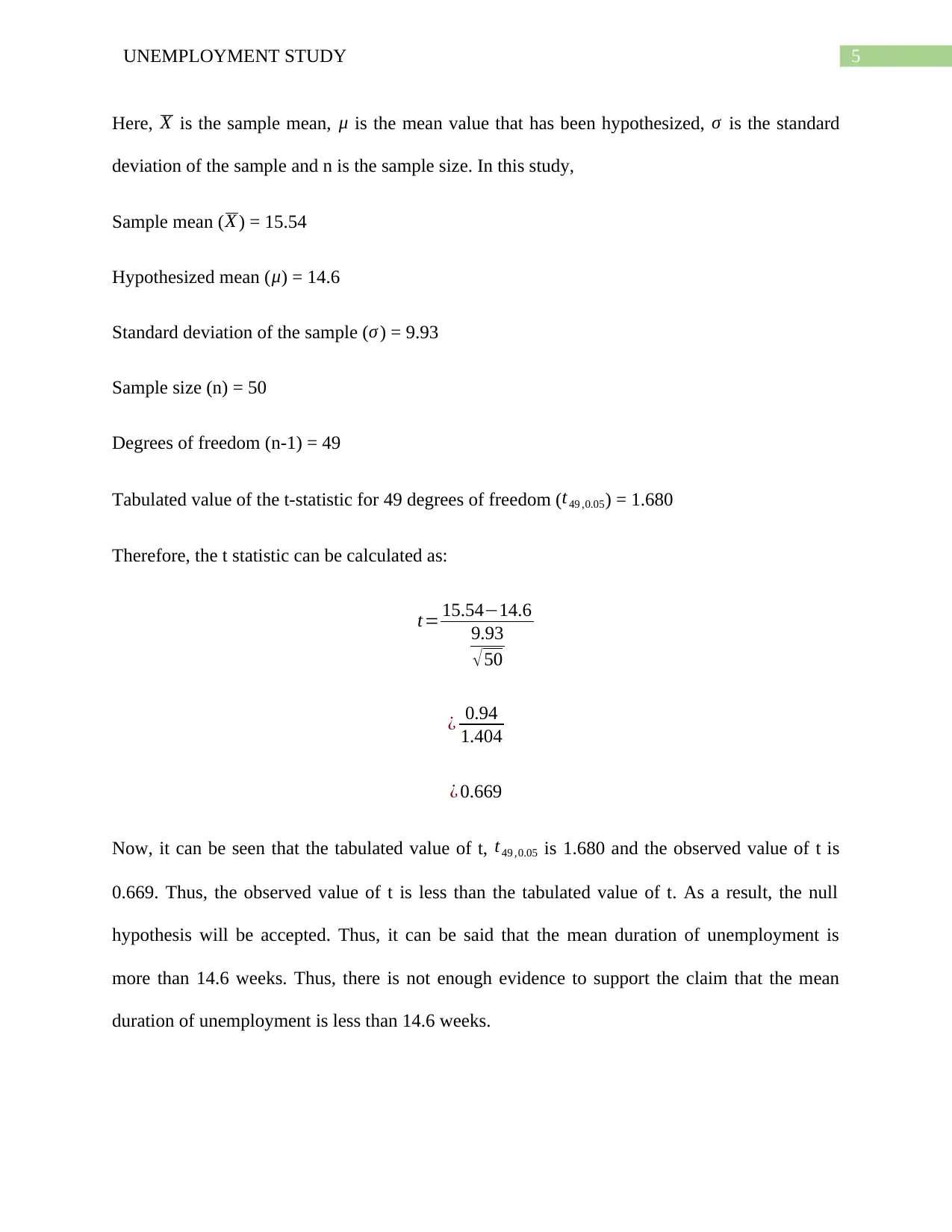



![[object Object]](/_next/static/media/star-bottom.7253800d.svg)